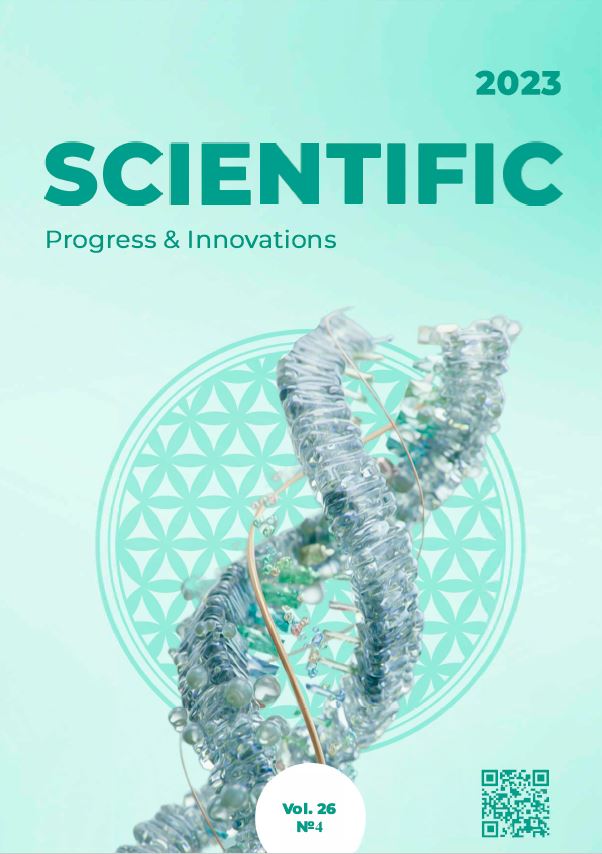The effect of growing technology elements of chickling vetch (Lathyrus sativus L.) on seed yield in the conditions of the Left-Bank Forest-Steppe of Ukraine
DOI:
https://doi.org/10.31210/spi2023.26.04.01Keywords:
chickling vetch (Lathyrus sativus L.), mineral fertilizers, dose of fertilizers, seed bacterization, yieldAbstract
Nowadays, legumes play a key role in solving the problem of plant protein deficiency and improving of soil energy potential by introducing ecological and biological farming measures. Among the annual legumes, one of the most promising and valuable crops, both from an economic and agronomic point of view, is chickling vetch (Lathyrus sativus L.). The grain of this crop has not only a high protein content (18–34 %), but also the most im-portant amino acids - tryptophan, lysine, arginine, histidine ‒ and is not worse by this parameters than peas, lentils and beans. Studies conducted in the conditions of the State Research Farm "Stepne" on typical low-humus heavy loamy chernozem during 2021–2023, was found that the use of mineral fertilizers in growing technology increased the chickling vetch grain yield by 0.17–0.43 t/ha or 7.6–19.2 %, the use of pre-sowing seed treatment with a micro-biological preparation increased the chickling vetch grain yield by 0.21–046 t/ha or 9.0–19.7 %, compared to the control. According to results of the research, the highest chickling vetch grain yield was obtained in the variant of combination of mineral fertilizers application at a doses N45P45K45 kg/ha of active substance and pre-sowing seeds bacterization with the microbiological preparation Rhizogumin (2.80 t/ha). In the case of reducing the doses of mineral fertilizers to N30P30K30 and N15P15K15, a decrease in grain productivity was observed by 0.06–0.16 and 0.25–0.26 t/ha respectively relative to the best variant. Studies have found that the pre-sowing seeds bacterization with microbiological preparation Rhizogumin increased chickling vetch grain productivity in the variant "no fertilizer" by 0.10 t/ha or 4.5 %, and in the variants with application of mineral fertilizers – by 0.13–0.17 t/ha or 4.9–6.7 % compared to the control. Statistical analysis of the experimental results showed that the proportion of mineral fertilizers and pre-sowing seed bacterization with the microbiological preparation Rhizogumin in the formation of chickling vetch grain yields, was 79.8 % and 17.2 %, respectively, on average over the years of research.

 Creative Commons Attribution 4.0 International Licens
Creative Commons Attribution 4.0 International Licens